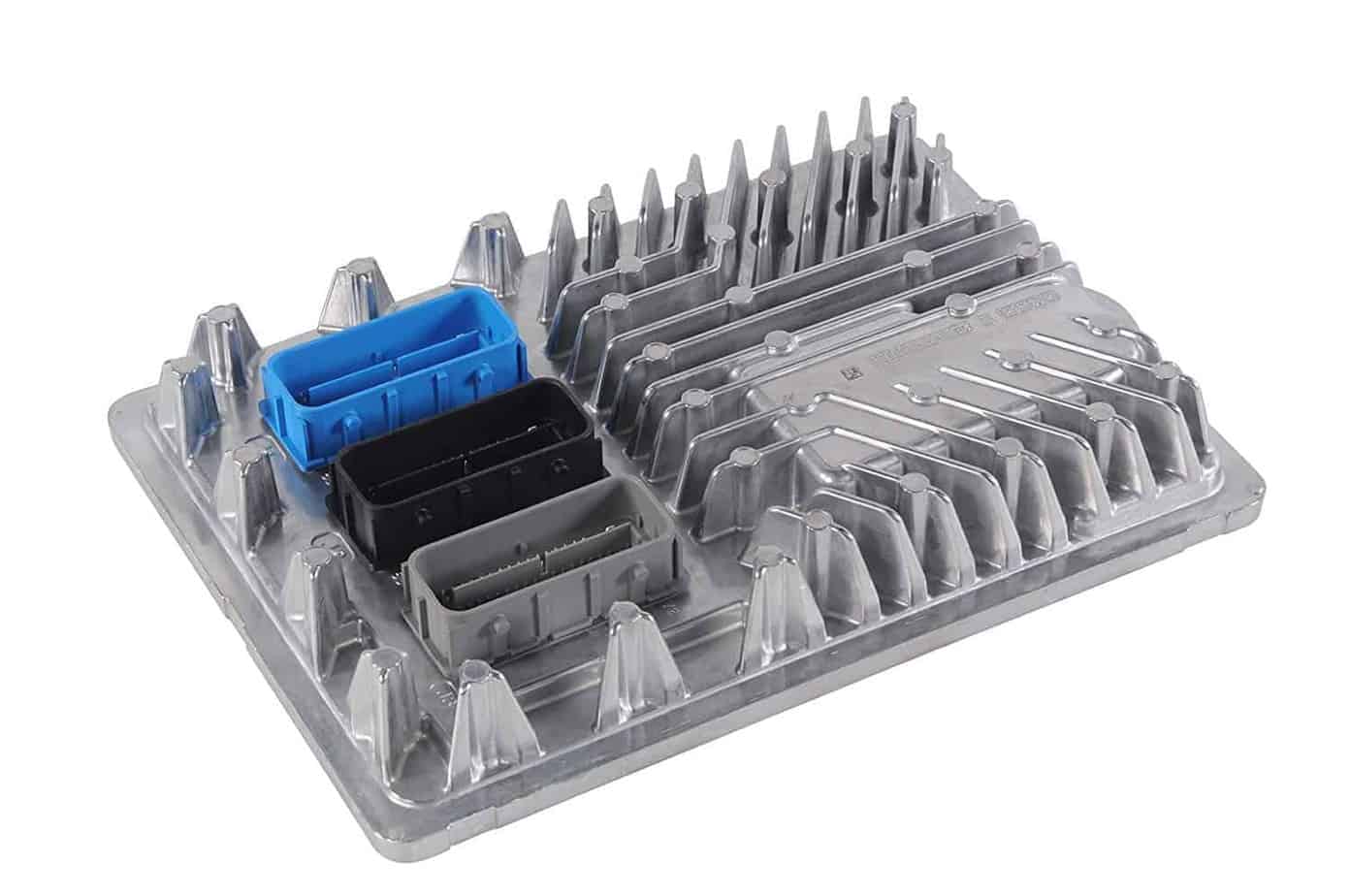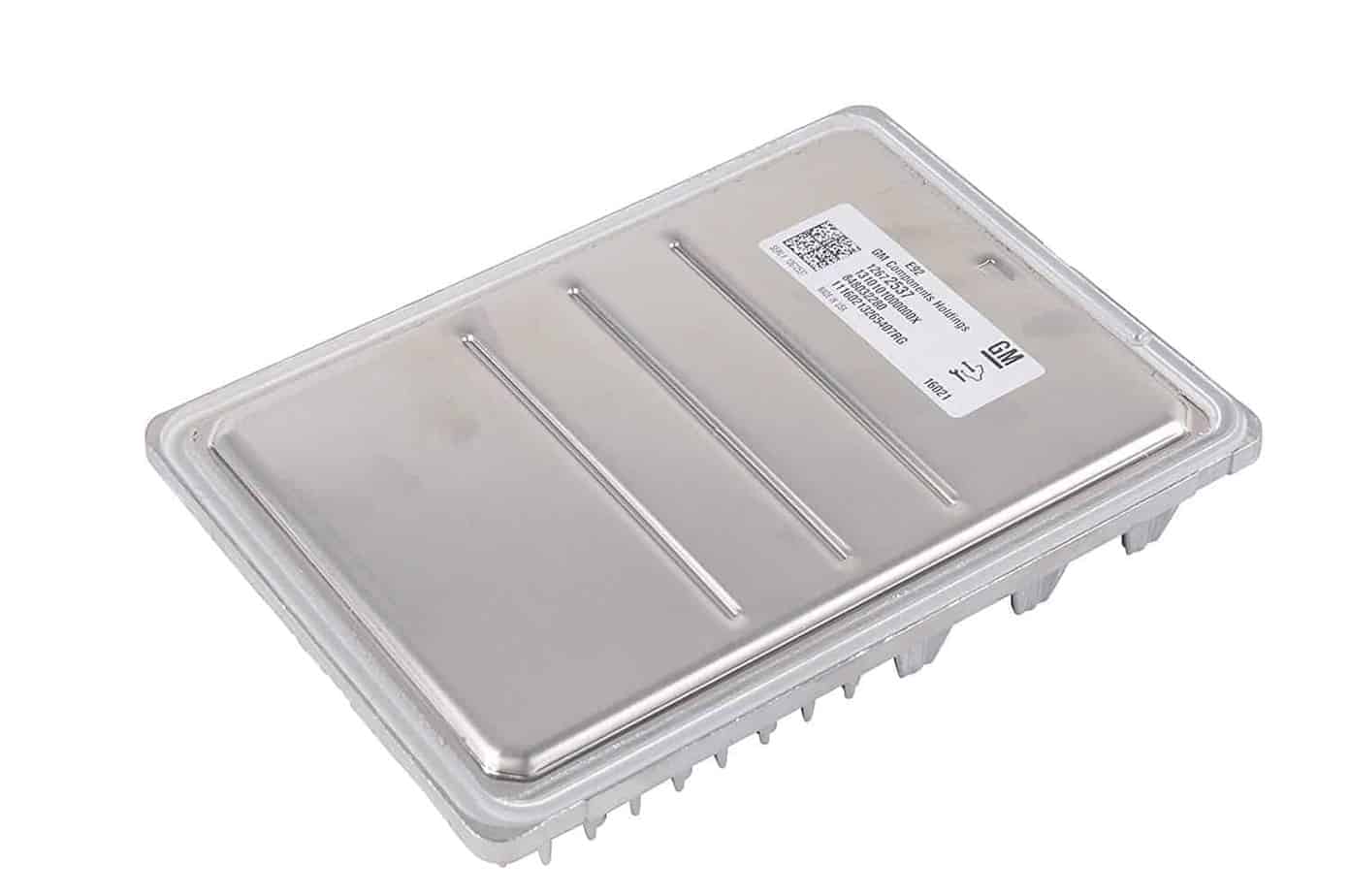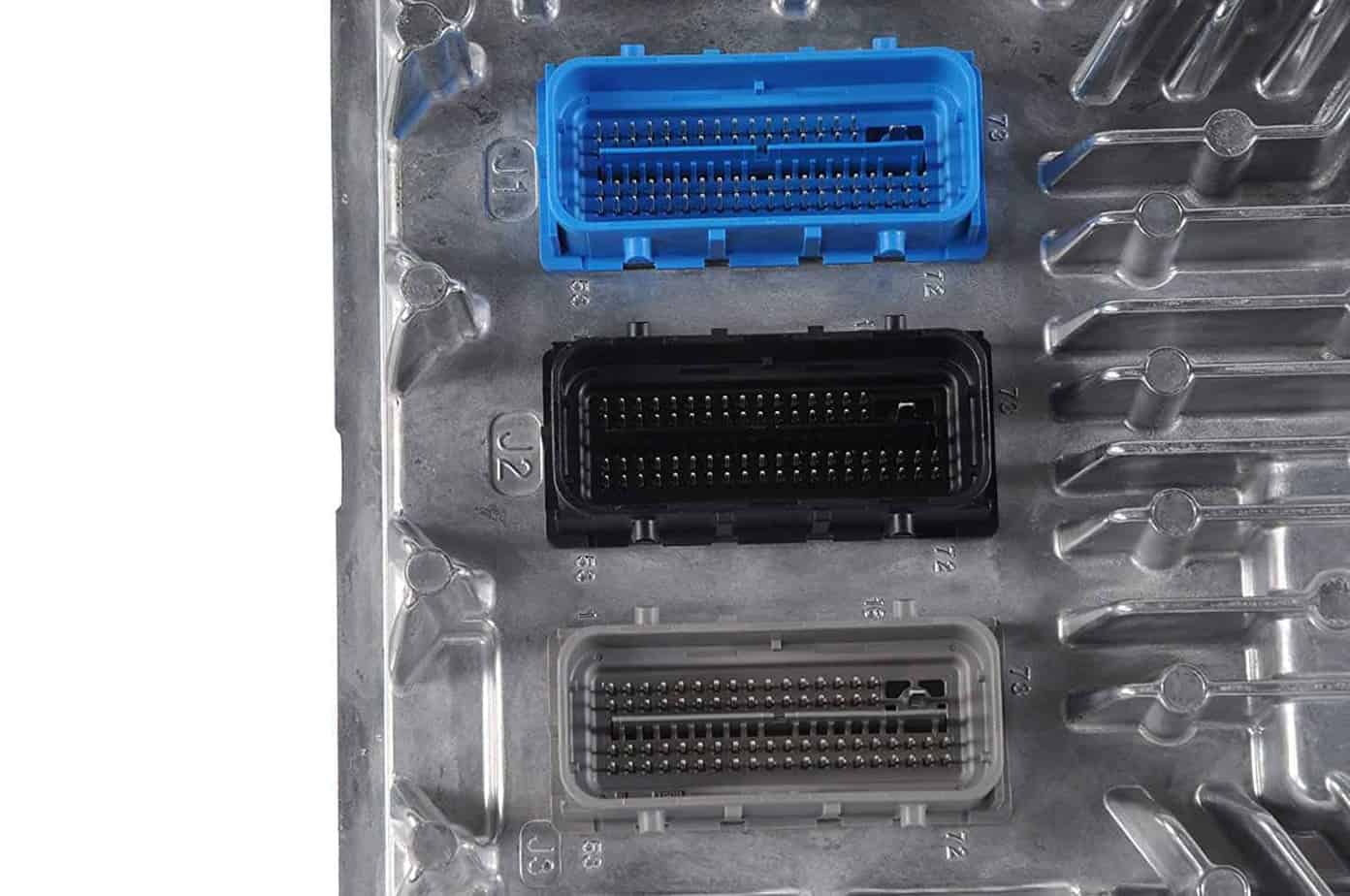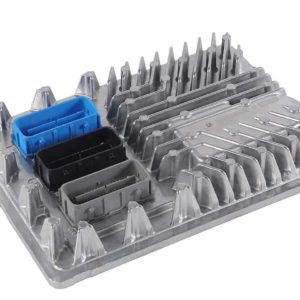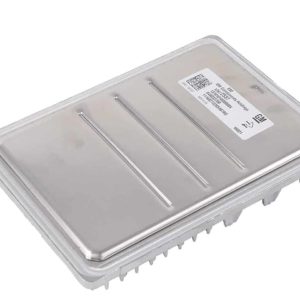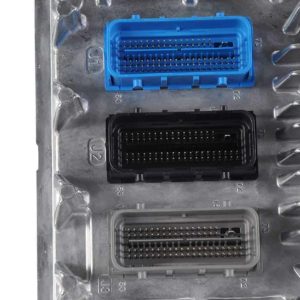Is Your Cadillac XTS Running Rough? Let’s Get to the Bottom of It.
As a technician with over two decades of experience under the hood, I’ve seen it all. When a 2014-2016 Cadillac XTS, or one of the many other GM vehicles this module fits, rolls into the bay with baffling issues, the Engine Control Module (ECM) is often a prime suspect. If you’re experiencing a frustrating combination of poor performance, warning lights, and unpredictable behavior, you’re in the right place for a real solution.
Common Symptoms of a Failing GM ECM
A faulty ECM is the equivalent of a brain fog for your vehicle. It can manifest in numerous ways, and I’ve diagnosed hundreds of these failures. Look out for these tell-tale signs:
- ✔ Check Engine Light is on with a host of confusing or communication-related trouble codes (U-codes).
- ✔ The engine cranks but refuses to start, or starts and immediately stalls.
- ✔ Noticeable decrease in fuel economy for no apparent reason.
- ✔ Unexplained engine stumbling, misfiring, or hesitation during acceleration.
- ✔ Harsh or erratic automatic transmission shifting.
- ✔ Intermittent loss of power to injectors or ignition coils.
Expert Pro Tip: Diagnose Before You Replace
Before condemning your ECM, always perform the basics. I can’t tell you how many times I’ve traced an “ECM failure” back to a corroded ground wire or a weak battery. Use a multimeter to verify you have solid power and ground connections at the ECM harness. A simple check can save you hundreds of dollars and a lot of frustration. If the power, grounds, and sensor inputs are all good, then it’s highly likely the module itself has an internal fault.
The Core of the Problem: Your Engine’s Brain
The ECM is the master computer for your engine. It constantly analyzes data from dozens of sensors—like the crankshaft position, oxygen sensors, and throttle position—to make millions of calculations per second. It precisely controls the fuel injectors, ignition timing, and variable valve timing to ensure your engine runs efficiently and powerfully. Over time, the constant heat cycles in the engine bay, vibrations, and electrical stress can cause the delicate internal circuits and processors to fail, leading to the symptoms you’re experiencing.
The Solution: A Pre-Programmed, Ready-to-Install ECM
Forget the hassle and high cost of a trip to the dealership. This Engine Control Module is the reliable, straightforward fix you need. We take the complexity out of the process by programming the module specifically for your vehicle before it even leaves our facility.
- ✔ Programmed to Your VIN: Simply provide us with your vehicle’s 17-digit VIN during checkout. We will flash the module with the latest, most stable GM-certified software for your exact vehicle configuration.
- ✔ Plug-and-Play Design: Because it arrives pre-programmed, installation is dramatically simplified. In most cases, no further programming is required.
- ✔ Restores Original Performance: A new, correctly programmed ECM restores crisp engine response, proper fuel economy, and smooth operation.
- ✔ Clears Persistent Codes: This is a permanent fix for issues caused by an internal ECM failure, allowing you to finally clear those stubborn diagnostic trouble codes.
Broad Compatibility Across the GM Family
This module is a direct replacement for a wide range of GM vehicles and part numbers. If your original module has one of the following numbers, this unit is a compatible replacement:
- ✔ 12692067
- ✔ 12676230
- ✔ 12656993
- ✔ 12662034
- ✔ 12672537
- ✔ 12673195
- ✔ 12663391
- ✔ 12672963
- ✔ 12669318
This ECM fits a diverse lineup, including the Cadillac XTS, ATS, and CTS; Chevy Silverado, Corvette, and Camaro; GMC Sierra, Yukon, and Canyon; and many more models from 2014 to 2016. Please verify the fitment data to confirm it matches your specific vehicle.
Installation Guidance from a Professional
Swapping the ECM is a job most DIYers can handle. First, and most importantly, disconnect the negative battery terminal. Locate your old ECM—common locations are the LH front of the engine compartment (trucks/SUVs), the RH firewall (Canyon/Colorado), or under the RH cowl (Corvette). Carefully disconnect the electrical connectors and unbolt the module. Install the new module, reconnect the connectors, and finally, reconnect the battery. In some vehicles, a simple security relearn procedure (often called a ‘key cycle relearn’) may be necessary, which typically involves turning the key to the ‘ON’ position for 10-15 minutes. This allows the new ECM to sync with your vehicle’s anti-theft system.
